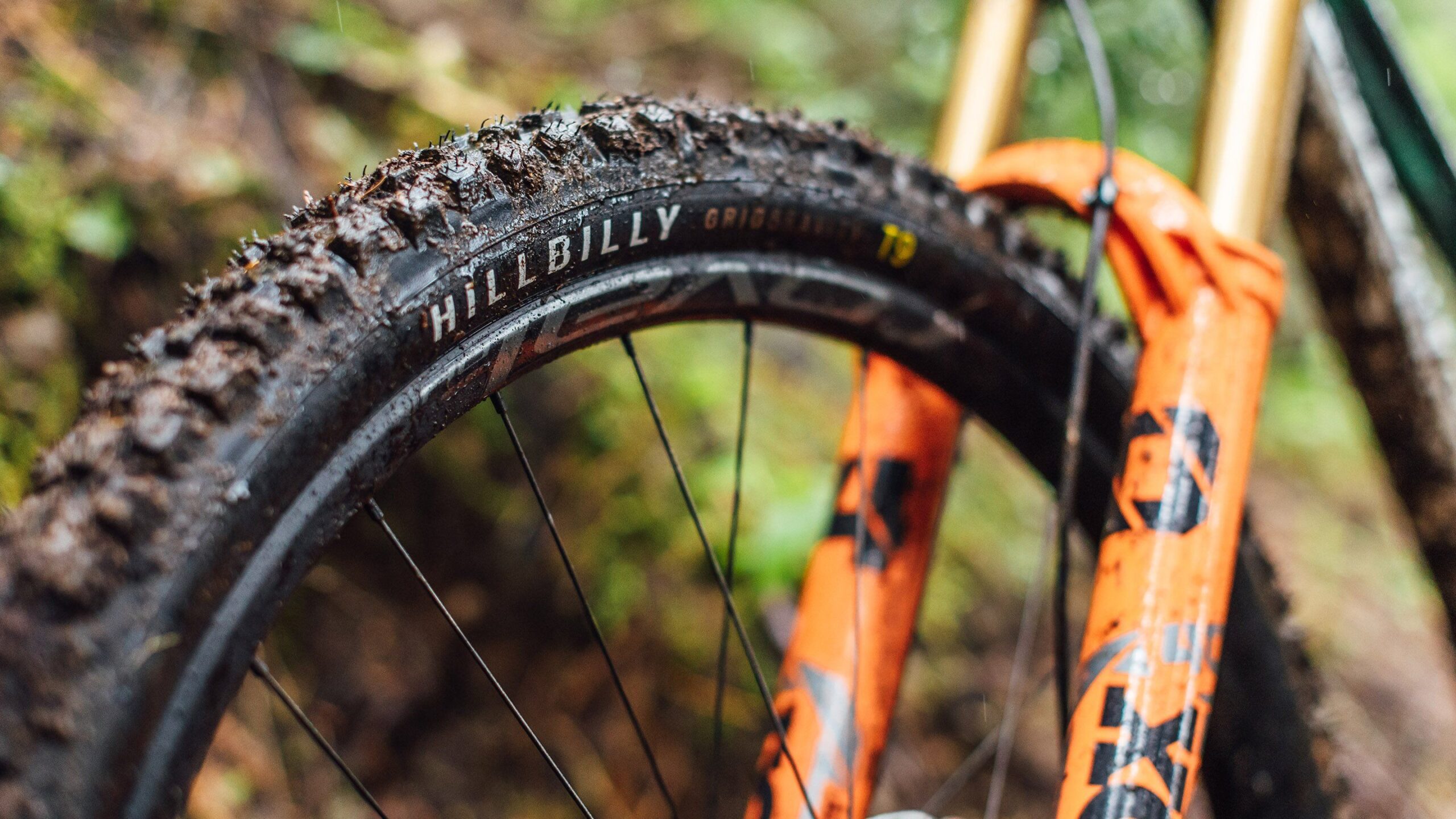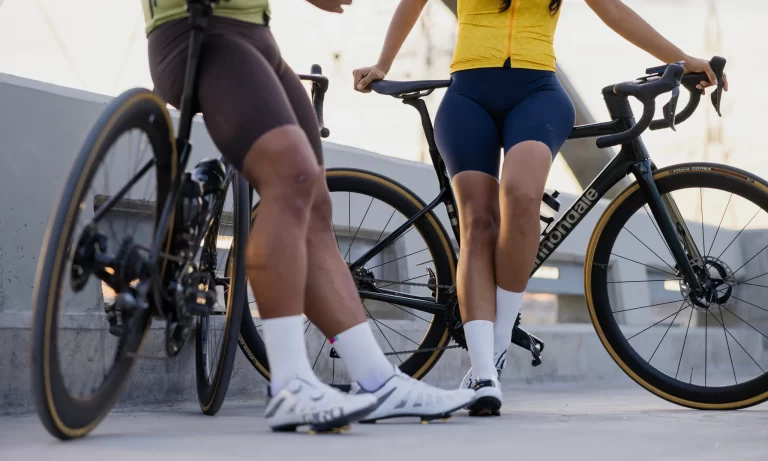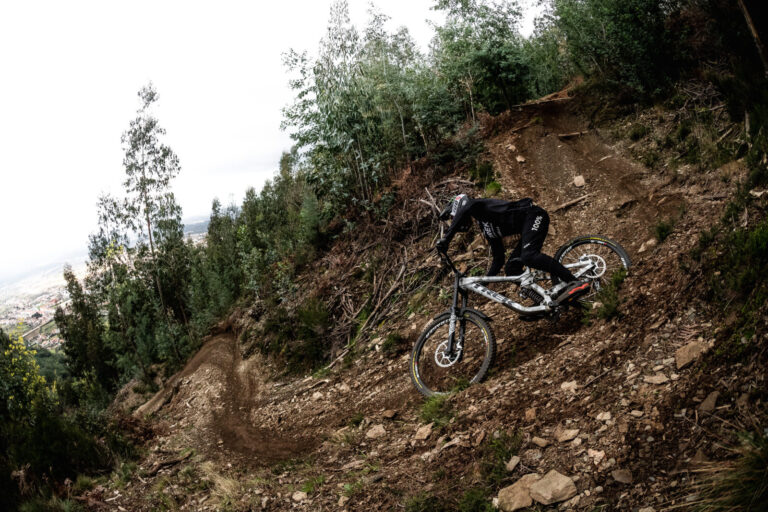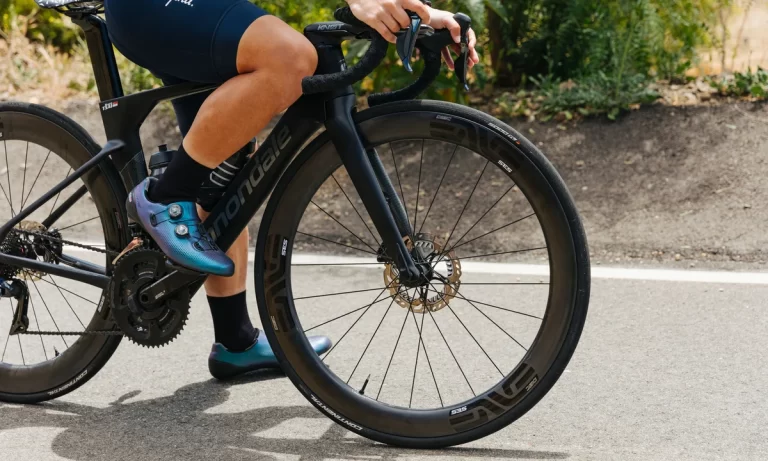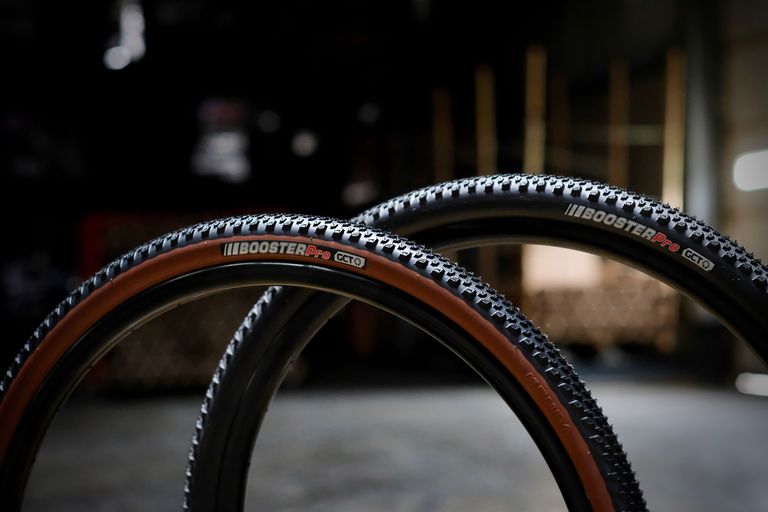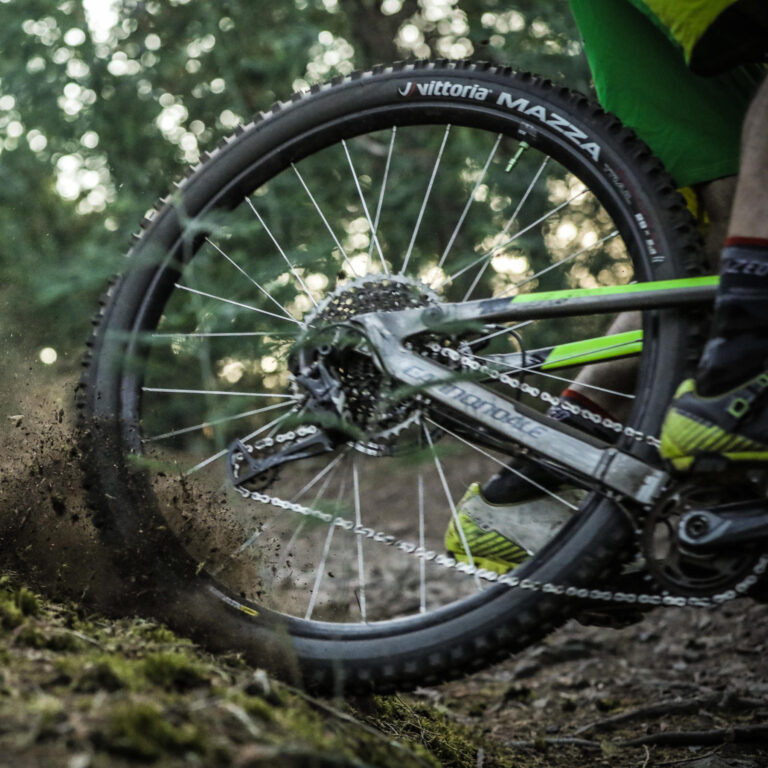Finding the Sweet Spot: Width vs Comfort in Cross Country Bike Tires
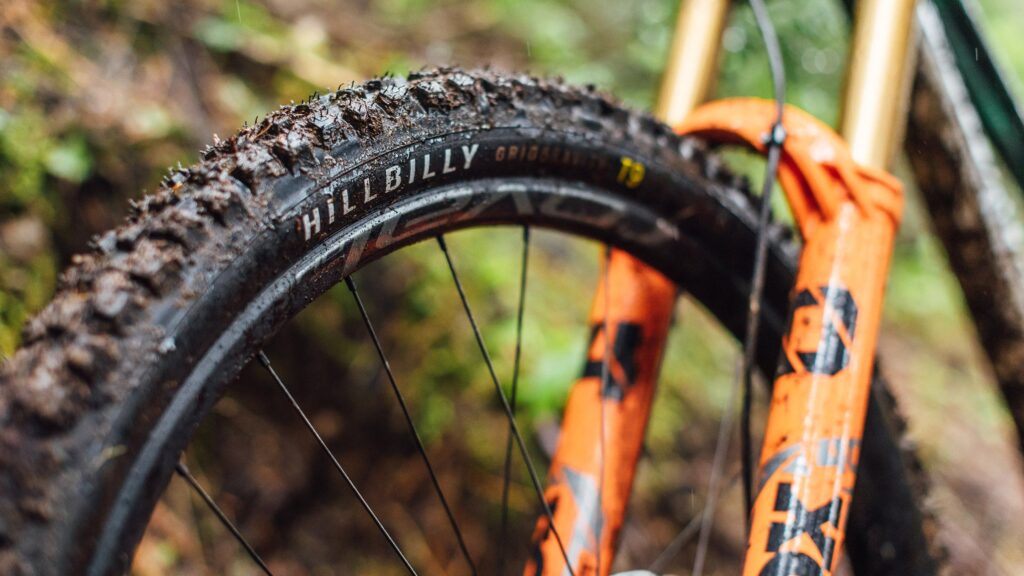
Key Point Summary of Width vs Comfort in Cross Country Bike Tires:
- Tire Width Impact: Wider tires typically offer increased comfort and better handling on rough terrain, while narrower tires may provide faster rolling speeds on smooth trails.
- Comfort Considerations: Wider tires can absorb more shock from rough terrains, reducing rider fatigue and improving ride quality.
- Handling and Terrain: The choice of tire width influences handling, with wider tires offering better grip and stability, especially on technical or loose surfaces.
- Pressure and Performance: Wider tires can be run at lower pressures without risking pinch flats, further enhancing comfort and traction.
Navigating the world of cross-country (XC) biking, one quickly realizes the pivotal role tires play in the overall riding experience. The width of a tire, in particular, is a critical factor that affects not just comfort but also handling and performance across varying terrain.
As a masters cyclist with years of experience under my belt across multiple biking disciplines, I’ve come to understand the nuanced balance between tire width and comfort, and how this balance influences everything from speed to stability on the trail.
The Delicate Balance of Tire Width
In the realm of XC biking, tire width can be seen as a dial that adjusts the ride’s feel and performance. Initially, I leaned towards narrower tires, drawn by the promise of speed and efficiency. However, diverse trail experiences taught me that wider tires could significantly enhance comfort and handling, sometimes even improving overall speed by allowing for more aggressive riding through technical sections.
Comfort on the Trail
The primary allure of wider tires lies in their ability to offer a more comfortable ride. The increased air volume of wider tires allows them to absorb bumps and vibrations more effectively, making long rides on uneven terrain less taxing on the body. This shock absorption capability means reduced fatigue and a smoother ride, which, on rugged XC courses, can be a game-changer.

Handling Across Diverse Terrain
Tire width also dramatically influences a bike’s handling characteristics. Wider tires provide a larger contact patch with the ground, which translates to better traction and stability, particularly on loose or technical trails. This enhanced grip allows for more confident cornering, braking, and climbing, enabling riders to maintain speed where narrower tires might falter.
The Role of Tire Pressure
An often-overlooked aspect of the width-comfort relationship is the ability to adjust tire pressure. Wider tires can be run at lower pressures without the risk of pinch flats, further enhancing their ability to conform to the trail surface for improved traction and comfort. This lower pressure capability means that riders can fine-tune their setup based on the day’s conditions, finding the perfect balance between efficiency and comfort.

Terrain Considerations
The choice between wider and narrower tires isn’t one-size-fits-all but should be informed by the typical terrain you ride. Smooth, hard-packed trails might favor the efficiency of narrower tires, while rocky, root-filled paths beg for the cushion and grip of wider options. Understanding your riding preferences and local trail conditions is crucial in making an informed tire choice.
Final Thoughts
For beginner to mid-level cyclists venturing into XC biking, the decision on tire width shouldn’t be taken lightly. It’s a factor that directly impacts your comfort, performance, and enjoyment of the sport. While wider tires might add a bit of weight and potentially decrease top speed on smooth sections, their benefits in terms of comfort and handling often outweigh these drawbacks, especially on varied and technical terrain.
Ultimately, the best choice depends on your riding style, the typical terrain you encounter, and your preferences for comfort versus speed. As you gain experience and experiment with different tire widths, you’ll find the perfect setup that brings out the best in your riding and your bike.

For an article focusing on the balance between tire width and comfort in cross-country biking, the Maxxis Ikon stands out as a top recommendation. Maxxis Ikon is a versatile XC tire that excellently bridges the gap between the need for speed and the desire for comfort on varied terrain. Its design incorporates a relatively wide profile for an XC tire, offering improved traction and stability, without significantly sacrificing rolling efficiency. The Ikon’s tread pattern is optimized for both hardpack and loose over hard conditions, making it a suitable choice for a wide range of trails.
Additionally, its 3C Maxx Speed compound and EXO sidewall protection contribute to its durability and puncture resistance, further enhancing the riding experience by reducing the chances of flats. The Maxxis Ikon’s combination of width, tread design, and compound makes it an ideal tire for cross-country riders looking for a tire that supports both performance and comfort across different terrains.
FAQ
What is the best tyre width for XC?
The optimal tire width for cross-country (XC) biking typically ranges between 1.9 to 2.3 inches (48mm to 58mm), offering a balance between traction, speed, and handling on varied terrain.
Are wider bike tires more comfortable?
Yes, wider bike tires are generally more comfortable as they can be run at lower pressures, which allows for better shock absorption over rough surfaces.
What is the width of a cross country bike tire?
Cross country bike tires usually have a width ranging from 1.9 to 2.3 inches (48mm to 58mm), designed to provide a good mix of speed, grip, and efficiency on XC trails.
Is it better to have wide or narrow tires on a bike?
Whether wide or narrow tires are better depends on the riding conditions and personal preference. Wide tires offer more comfort and traction, making them better for rough, off-road conditions. Narrow tires are lighter and have less rolling resistance, making them faster on smooth, paved surfaces.
